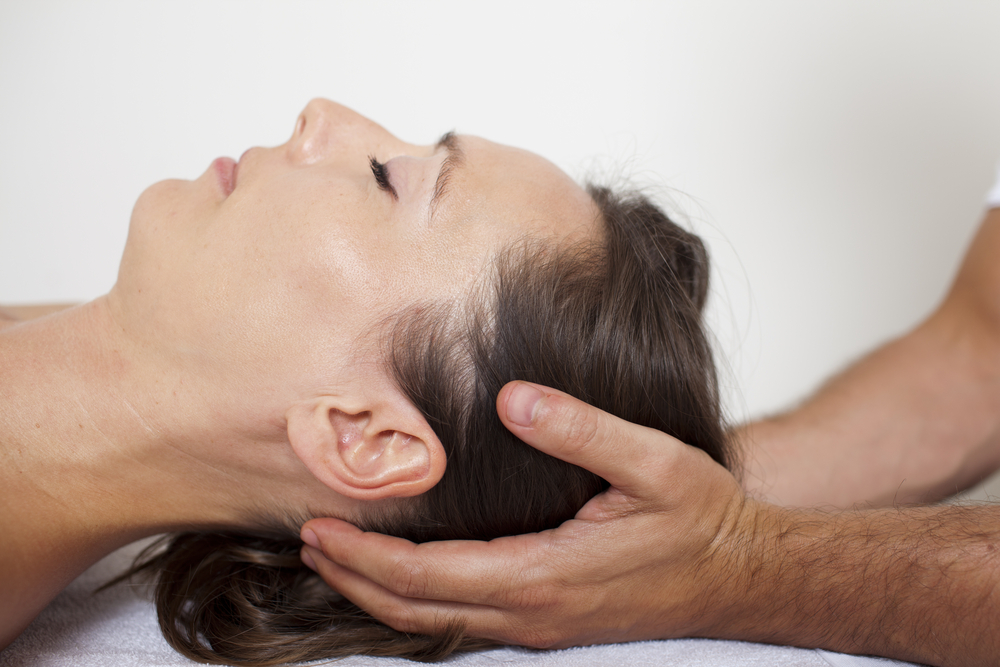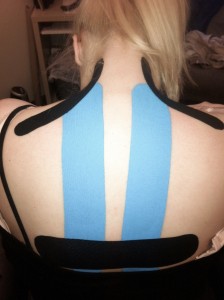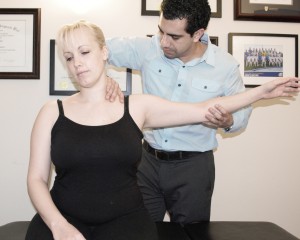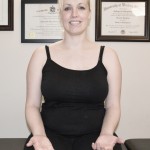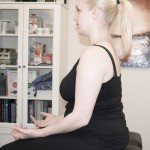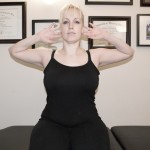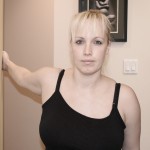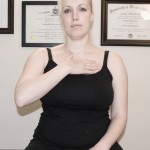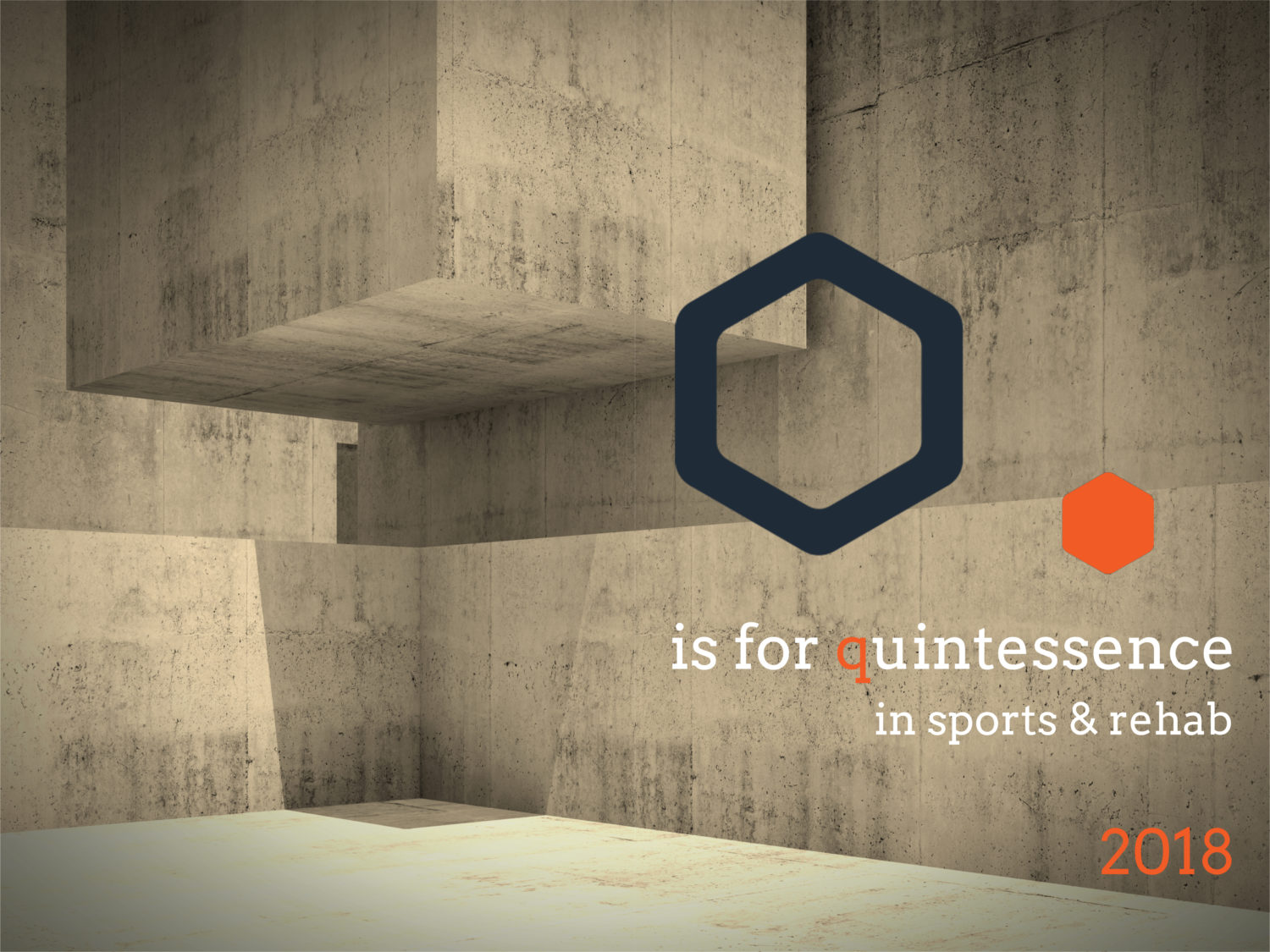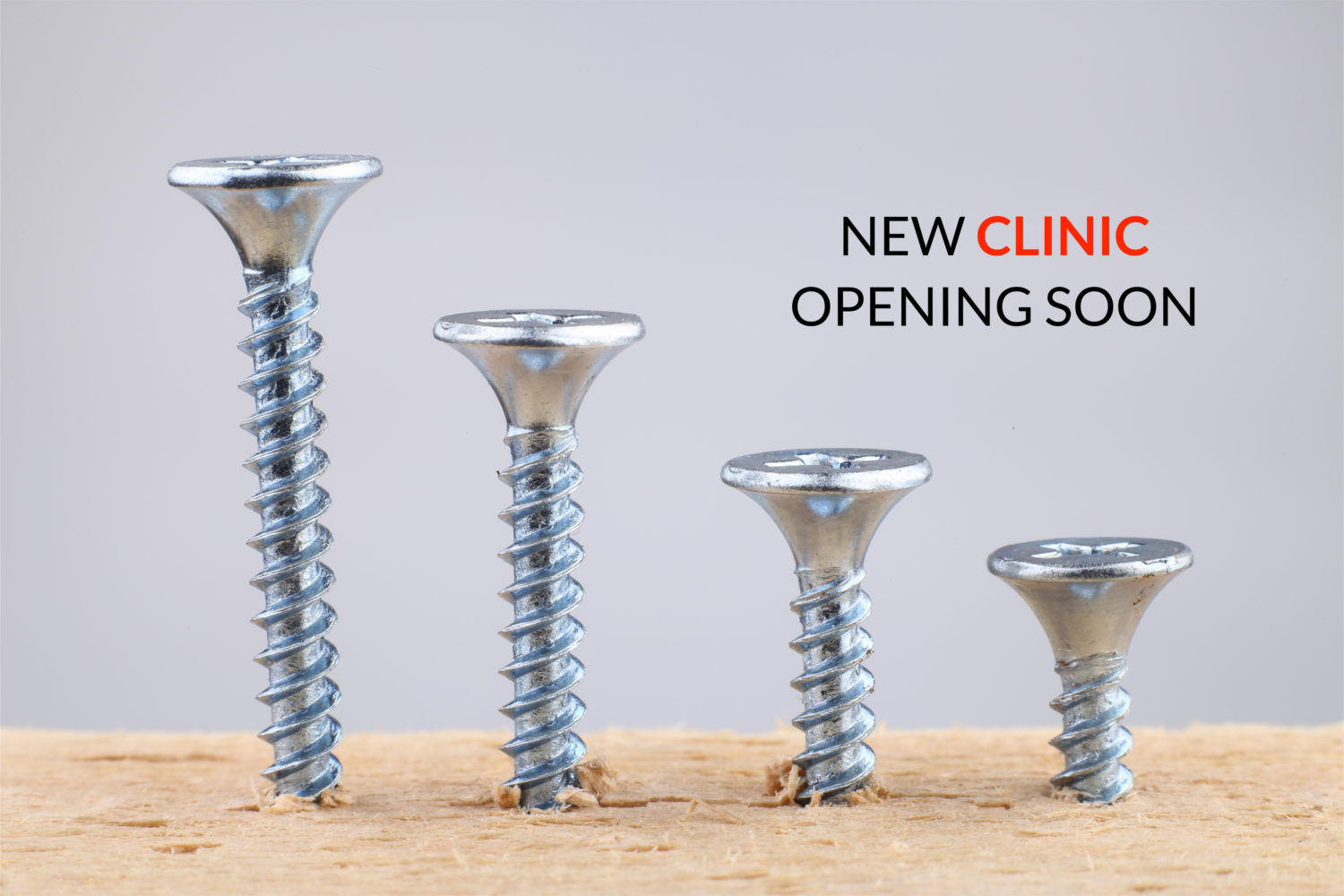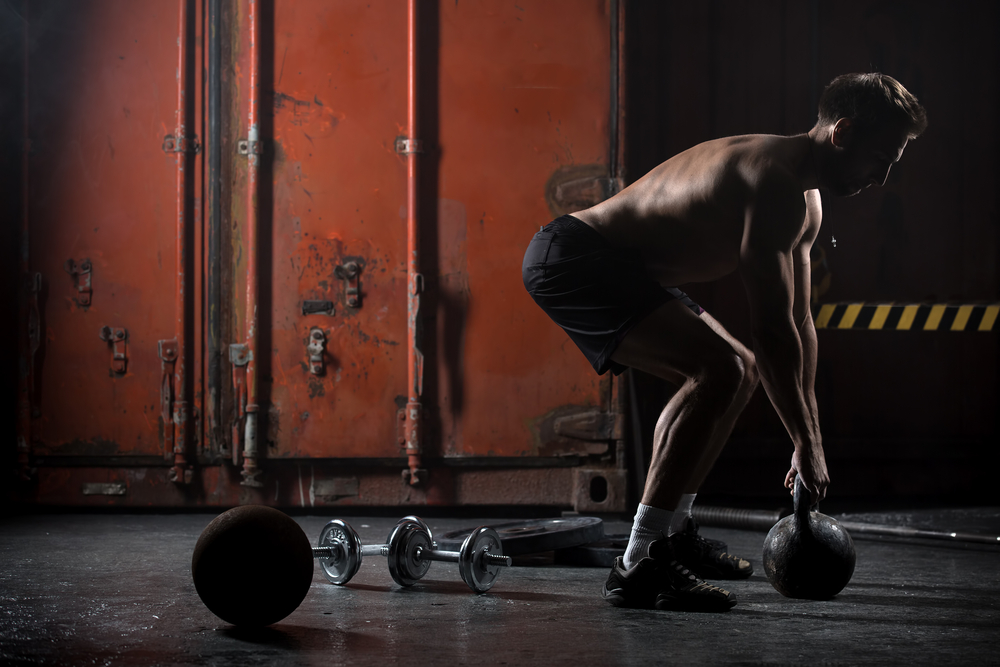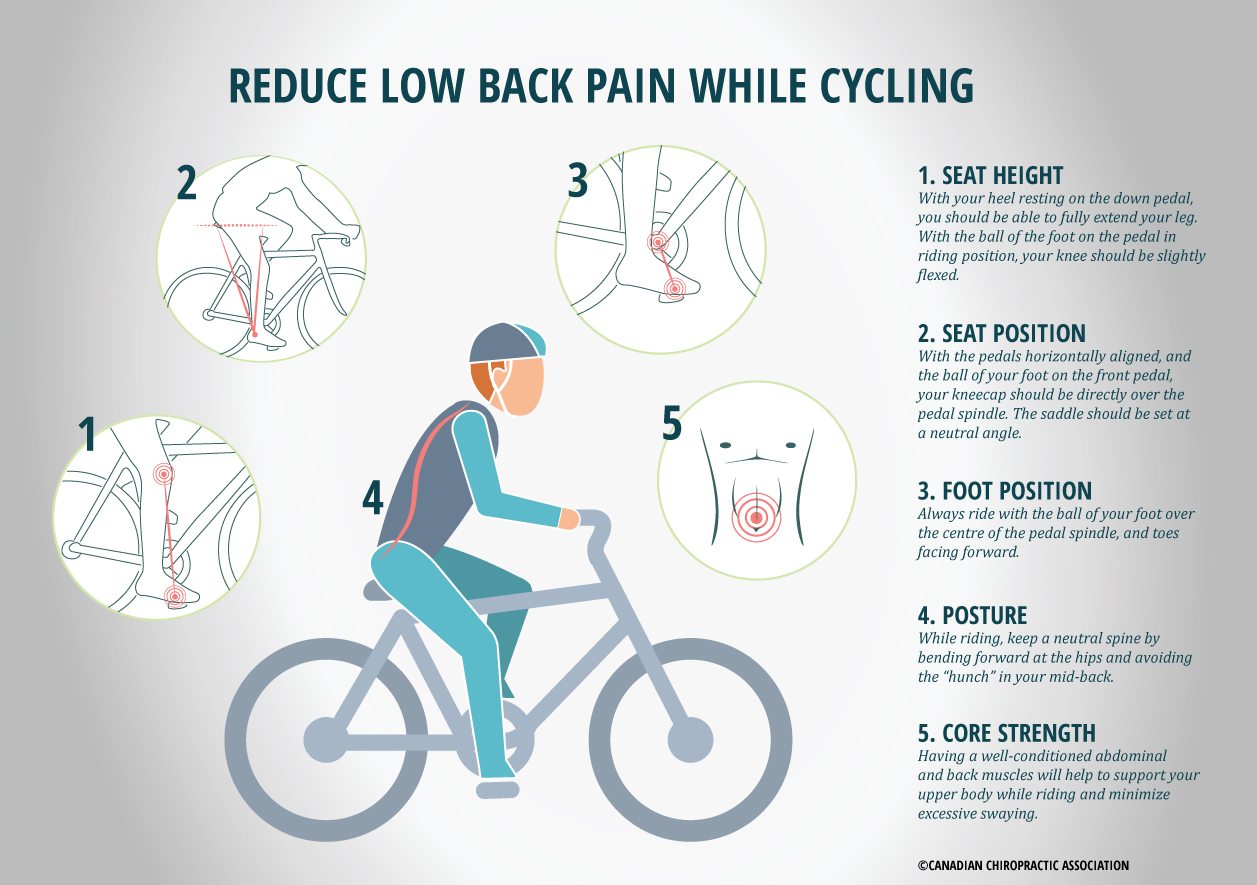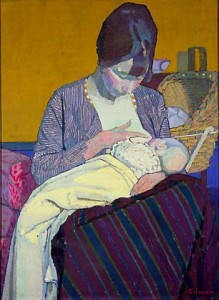 Pregnancy puts an enormous physiological demand on the female body. The body goes through so many sudden changes that can put a lot of stress on certain parts of it more than the others. In addition, these changes are so rapid that the body does not have adequate time to adapt properly. As a result, a lot of pressure points and compensation patterns develop in the body. The main change during pregnancy and the subsequent problems arising from it has to do with the transformations that occur in the pelvis. Majority of women suffer from pain and discomfort in the pelvis, hips, and low back. This topic is highly discussed and there are many articles on causes, symptoms, treatments, and maintenance. However, there is not as much discussion on the typical problems facing women post-partum. The number one complaint that I see in my clinic on a daily basis facing post-partum women has to do with breast feeding and holding/carrying the baby. These symptoms include neck pain, headaches, chest pain and tightness, and mid-upper back pain (especially in the mid-scapular region). Some patients also complain of numbness and tingling in the hands and fingers primarily due to tightness in the chest area. The weight of the baby puts a sudden demand on the mother’s body especially when she has to breastfeed, hold, and carry the baby multiple times a day. This, in turn, creates a lot of pressure points, which leads to compensation patterns developing mainly in the upper back, chest, and neck. Not only is the weight of the baby placing a great demand on the mother’s body, the increase in the size and weight of the breast tissues along with the slouching posture (rounding shoulders and flexing the neck) during cradling and feeding also exacerbate the problem.
Pregnancy puts an enormous physiological demand on the female body. The body goes through so many sudden changes that can put a lot of stress on certain parts of it more than the others. In addition, these changes are so rapid that the body does not have adequate time to adapt properly. As a result, a lot of pressure points and compensation patterns develop in the body. The main change during pregnancy and the subsequent problems arising from it has to do with the transformations that occur in the pelvis. Majority of women suffer from pain and discomfort in the pelvis, hips, and low back. This topic is highly discussed and there are many articles on causes, symptoms, treatments, and maintenance. However, there is not as much discussion on the typical problems facing women post-partum. The number one complaint that I see in my clinic on a daily basis facing post-partum women has to do with breast feeding and holding/carrying the baby. These symptoms include neck pain, headaches, chest pain and tightness, and mid-upper back pain (especially in the mid-scapular region). Some patients also complain of numbness and tingling in the hands and fingers primarily due to tightness in the chest area. The weight of the baby puts a sudden demand on the mother’s body especially when she has to breastfeed, hold, and carry the baby multiple times a day. This, in turn, creates a lot of pressure points, which leads to compensation patterns developing mainly in the upper back, chest, and neck. Not only is the weight of the baby placing a great demand on the mother’s body, the increase in the size and weight of the breast tissues along with the slouching posture (rounding shoulders and flexing the neck) during cradling and feeding also exacerbate the problem.
The bad news is that this problem can become chronic and be categorized as a repetitive overuse injury that leads to physiological problems/changes such as joint dysfunction and restrictions, muscle spasms, muscle over-facilitation, muscle inhibition, weakness, trigger points, tightness, tissue fatigue, instability, and kyphosis or postural syndrome (mainly upper crossed syndrome, which was discussed in an earlier blog called Postural Syndrome – A Modern Biomechanical Phenomenon).
What treatments are effective during post pregnancy pain? What is the good news?
The good news is that these problems are treatable and majority of my patients experience great relief from pain and discomfort. Along with treatments, specific exercises and stretches are prescribed at home to increase strength, flexibility, mobility, and endurance. Our goal is to help maintain the body in a healthy and pain free state and prevent the problems from becoming chronic. Some of the techniques and treatments that I prescribe and perform on the patients include chiropractic manipulative therapy, Active Release Technique (ART), Kinesio Taping, stretching and strengthening exercises for the neck and upper back.
With chiropractic manipulation, our objective is to release the tension in and around the joints and restore mobility and function. With ART, our goal is to release the tension and spasm in the tissues such as the ligaments, muscles and tendons. In addition, ART also allows us to achieve maximal stretch in the muscles. With Kinesio Taping, our goal is to increase support, proprioception, awareness, and neuromuscular feedback in the areas applied so that the tissues heal faster. These treatments are all supplemented with specific stretches and exercises at home, such as postural exercises, to speed the process of recovery.
Dr. Khoshroo provides evidence-based chiropractic care for pregnancy and pregnancy related pain in North Vancouver at QubeCore Sports & Rehab.
Tips, exercises/stretches & recommendations for post pregnancy pain
- Wall stretches
- Proper posture (Brugger’s relief position)
- Self breast/pectoralis muscle massage
- Pec stretches
- Core strengthening exercises
- Neck and shoulder exercises including scapular (shoulder blade) strengthening; e.g. pushups plus and wall-angles
- Breastfeeding from both breasts (alternating between sessions)
- Using natural warming creams/gels to alleviate pain and relax muscles
- Nightly warm baths to reduce muscle spasms
- Massage therapy
- Placing 1-2 pillows on your lap under the baby to decrease the pressure from the baby’s weight during breastfeeding
Please SHARE this article if you find it useful to help spread knowledge and understanding!

